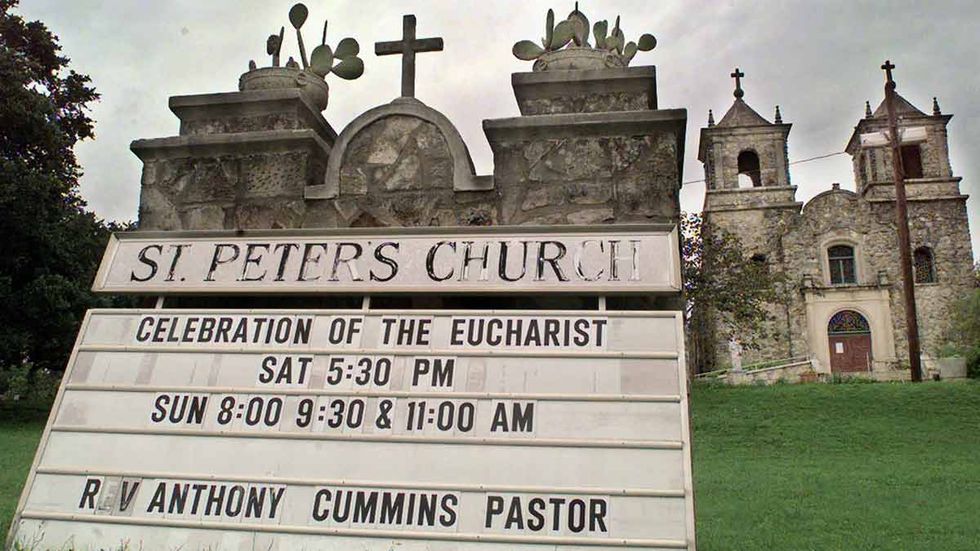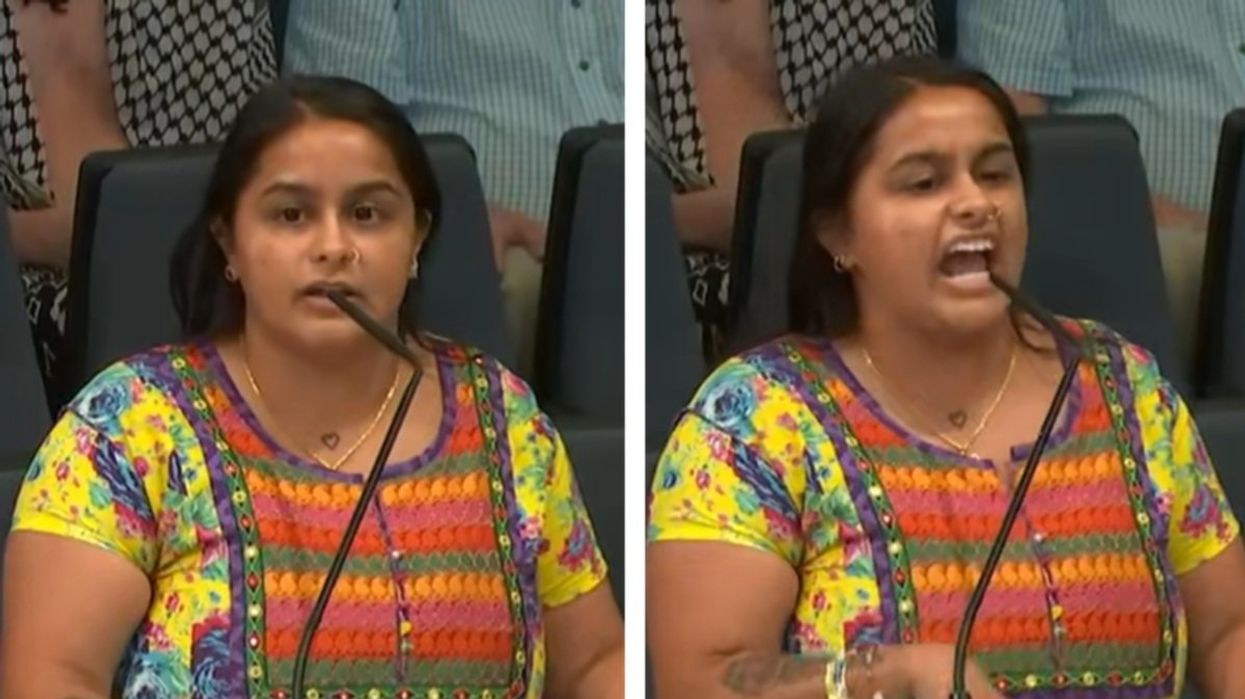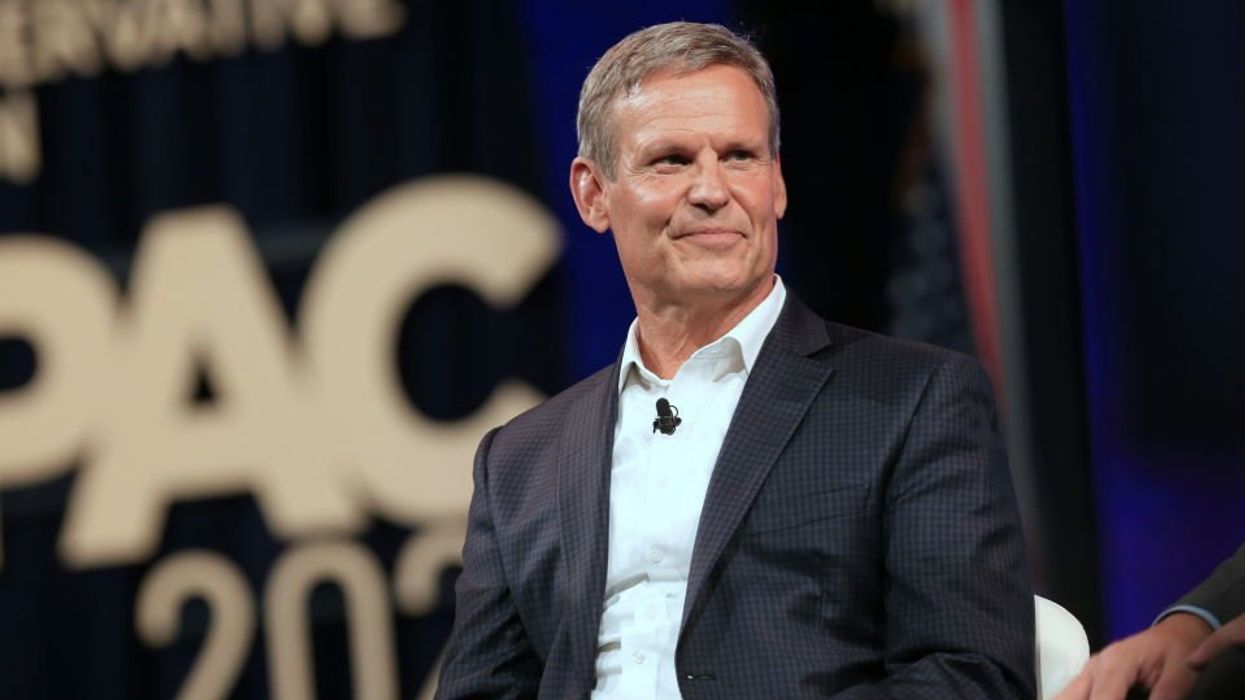
© 2024 Blaze Media LLC. All rights reserved.
Unless they’ve been living under a rock since the landmark 2014 Hobby Lobby Supreme Court Decision, most people should be familiar with the 1993 Restoration of Religious Freedom Act. Yet very few people are aware of a younger law that works just as hard on the religious freedom front for almost none of the credit.
Earlier this week, CR reported on a story about a Louisiana Baptist Church facing discrimination from its municipal government over a noise violation. While the plaintiffs in the case are invoking a state-level Preservation of Religious Freedom Act (similar to a state-level RFRA), they are also bringing in the federal Religious Land Use and Institutionalized Persons Act, or RLUIPA.
What is RLUIPA?
The Religious Land Use and Institutionalized Persons Act ("RLUIPA"), 42 U.S.C. § 2000cc was signed into law in 2000 and states that no government federal, state or local
shall impose or implement a land use regulation in a manner that imposes a substantial burden on the religious exercise of a person, including a religious assembly or institution, unless the government demonstrates that imposition of the burden on that person, assembly, or institution … [nor] impose a substantial burden on the religious exercise of a person residing in or confined to an institution, as defined in section 2 of the Civil Rights of Institutionalized Persons Act (42 U.S.C. 1997), even if the burden results from a rule of general applicability, unless the government demonstrates that imposition of the burden on that person.
This means that RLUIPA has two major objectives. First, it ensures that bodies such as zoning boards and land use committees have to respect the religious liberty of churches, mosques, temples, synagogues and other institutions. Second, it says that officials at government institutions such as correctional facilities and psychiatric hospitals must do the same for prisoners and patients under their care.
RLUIPA is invoked “usually in the context of zoning where a particular religious entity was told, ‘You can’t be in this area of town or we’re not going to allow you to build a church, or a temple, or any other religious facility in this town because we don’t allow them,” explains Kevin Theriot, Esq., Vice President at Alliance Defending Freedom’s Center for Life.
What Congress determined was that some municipalities around the country were basically zoning religious institutions out of their city or their county, sometimes because they don’t pay tax, sometimes because they theoretically don’t contribute to the economic health of the municipality, or the town or the city.
e
Upon signing the bill, President Bill Clinton said RLUIPA would
…provide protection for one of our country's greatest liberties — the exercise of religion — while carefully preserving the civil rights of all Americans … Religious liberty is a constitutional value of the highest order, and the Framers of the Constitution included protection for the free exercise of religion in the very first Amendment. This Act recognizes the importance the free exercise of religion plays in our democratic society.
A memorandum from the American Center for Law and Justice explains the land use provisions this way:
RLUIPA is a law designed to protect religious assemblies and institutions from zoning and historic landmark laws that substantially interfere with the assemblies' and institutions' religious exercise. It also protects individuals and religious institutions, including churches, mosques, and synagogues, in their use of land and buildings for religious purposes.
The Department of Justice Website explains the provisions regarding “institutionalized persons” as such:
These provisions recognize the crucial role religion plays in the rehabilitation of prisoners and in the lives of those who are institutionalized, and they require that state and local institutions not place arbitrary or unnecessary restrictions on religious practice. "Institutions" include prisons, jails, pretrial detention facilities, juvenile facilities, and institutions housing persons with disabilities when these facilities controlled by or provide services on behalf of State or local governments.
Why two laws?
Those familiar with federal and state RFRAs may ask why a law such as RLUIPA would need to supplement, due to the provisions in the 1993 law. According to Theriot, it’s a “bit of a long story” regarding the Tenth Amendment and the limited powers of the federal government.
“In 1991 Supreme Court handed down the Smith case, which said that any rule that’s generally applicable … the government gets really limited scrutiny on that. In that case it was the use of peyote,” said Theriot.
Congress then passed RFRA with the goal of reinstating the understanding of free exercise of religion before Smith … Then what happened was, there was a challenge to that out of Texas in the City of Boerne case which said that Congress can only legislate in areas where there’s a federal interest.
So, despite a Supreme Court ruling which declared RFRA’s application to states unconstitutional, there still remained a lingering issue of unconstitutional discrimination against religious institutions, especially due to what some scholars see as an “ever-increasing pressure by municipal authorities to limit their physical presence in America's cities and towns.” A 2001 article in the George Mason Law Review written by Roman P. Storzer & Anthony R. Picarello, Jr. outlines the law’s necessity in an ever-changing American religious landscape (in-text citations omitted):
While many continue in the form of the traditional suburban, stained-glass-and-steeple church, others view their missions differently. Some groups, especially those too small to purchase or rent real property, meet in houses belonging to members of the congregation. Others eschew the quiet suburbs in order to minister to those in a commercial or retail zone. Still others are called to an agricultural setting to pursue their religious exercise. Minority religions may have practices viewed as unfamiliar or distasteful by the general public. While all religious institutions ‘worship’ in the narrowest sense of the term, their additional activities differ widely in type and scope. By controlling where churches may locate, governments control the kind of mission they may pursue, and so risk forcing churches to conform to the community's vision … of the ‘proper’ church.
Ergo, RLUIPA was enacted to constitutionally curb religious discrimination in two areas where the federal government has a vital and compelling interest. Whereas RFRA now only applies to federal laws, RLUIPA operates under constitutional provisions such as the “interstate commerce” and “necessary and proper” clauses, according to Theriot, as problems with land use discrimination and religious exercise in prisons had stretched across state and federal lines.
How has it been applied?
While many are familiar with such cases as Hobby Lobby v. Burwell and last year’s chaotic firestorm in Indiana, RLUIPA’s victories have gone largely unnoticed. Here are just a few, courtesy of ADF and RLUIPA.org:
- Centro Familiar v. Yuma: The Ninth Circuit Court of Appeals ruled that the City of Yuma had violated RLUIPA by discriminatorily applying building permit laws to religious organizations versus their secular counterparts.
- Holt v. Hobbs: The Supreme Court ruled that a prison must allow a Muslim inmate to grow a .5” beard on the grounds that the prison allowed the same beard length for medical purposes.
- Rich v. Buss: The Eleventh Circuit Court of Appeals ruled that a Florida correctional facility must provide kosher meals to a Jewish inmate.
- Living Faith Ministries v. Camden County Development Authority: RLIUPA was invoked to protect the property of a New Jersey Church from eminent domain seizure.
- Haven Shores Community Church v. City of Grand Haven, Michigan: RLUIPA was invoked to ensure “that a small local storefront church could occupy a storefront after all,” and was the first case resolved over the new law.
In addition, the Department of Justice has opened 26 RLUIPA cases since Fiscal Year 2012 and filed four suits. Of those investigations, 9 involved mosques or Islamic schools and 11 involved evangelical or Pentecostal churches. The remainder of the cases involved other churches, a synagogue, a Hindu temple and a Buddhist temple. According to a Justice Department spokesperson, the vast majority of those investigations resulted in the government entity permitting the religious use.
While RLUIPA may not often earn the ire of religious freedom’s most caustic opponents (SEE: Indiana RFRA), it still serves a vital purpose in the business of protecting free expression while respecting the principle of federalism outlined in the United States Constitution.
For those who seek to build and expand houses of worship in hostile regulatory climates, as well as those for whom faith plays an important role in rehabilitation, the Religious Land Use and Institutionalized Persons Act has been a quiet champion of their religious freedom for nearly two decades.
Want to leave a tip?
We answer to you. Help keep our content free of advertisers and big tech censorship by leaving a tip today.
Want to join the conversation?
Already a subscriber?
more stories
Sign up for the Blaze newsletter
By signing up, you agree to our Privacy Policy and Terms of Use, and agree to receive content that may sometimes include advertisements. You may opt out at any time.
© 2024 Blaze Media LLC. All rights reserved.
Get the stories that matter most delivered directly to your inbox.
By signing up, you agree to our Privacy Policy and Terms of Use, and agree to receive content that may sometimes include advertisements. You may opt out at any time.



